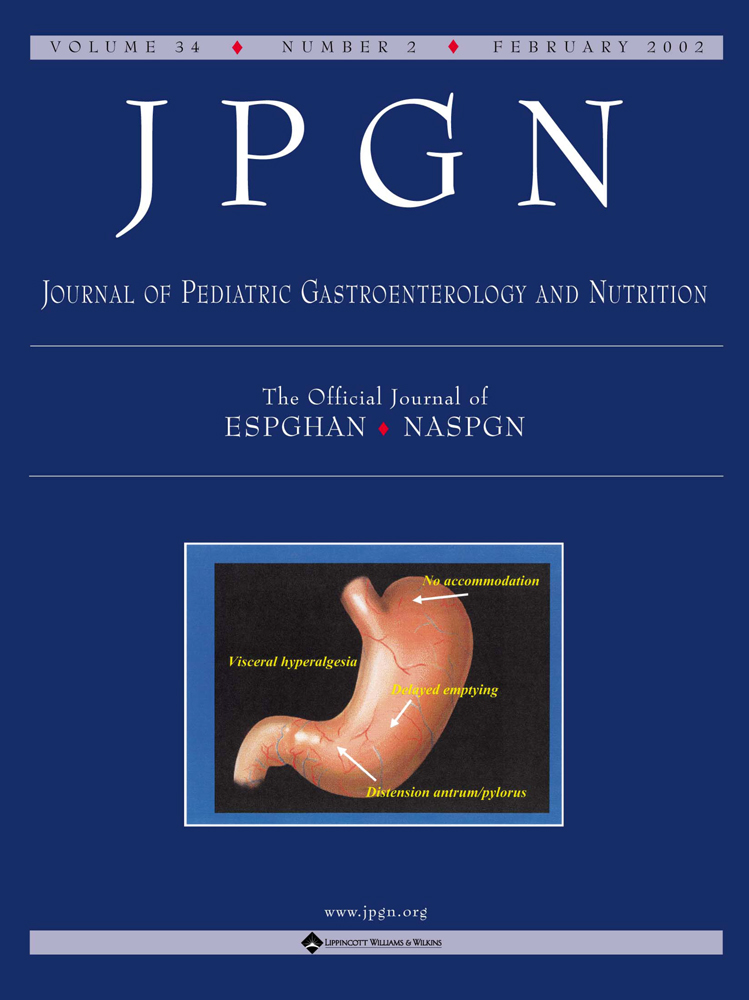Does Ileal Reverse Segment in Rats With Short Bowel Syndrome Change Intestinal Morphology?
Reprints will not be available from the author.
ABSTRACT
Background
The primary goal of surgical therapy for short bowel syndrome is to increase intestinal absorptive capacity. Many surgical procedures have been described for this purpose. One of these is ileal reverse-segment procedure. This procedure after massive small-bowel resection is an alternative way to treat short bowel syndrome, but how it affects intestinal morphology in short bowel syndrome has not been investigated. The aim of this study is to investigate macroscopic and microscopic effects of reverse-segment procedure on the short bowel.
Methods
Twenty rats underwent resection of 80% of the small bowel. The rats were separated into two groups (n = 10). In the first group (reverse group), a reverse segment was formed by twisting a 2-cm ileal segment 180°, without damaging its vascularity. In the second group (control group), a 2-cm ileal segment was resected, preserving its mesentery, and end-to-end anastomosis was performed to maintain the intestinal passage. The segment was not twisted 180°. The 2-cm proximal (jejunal) and distal (ileal) segments of the resected bowel were reserved for histologic investigation. Two months later, the rats were killed and the jejunal and ileal segments were evaluated morphologically.
Results
In the reverse group, body weight and total intestinal length significantly increased (14% more than in the control group). The diameter of both proximal (jejunal) and distal (ileal) segments in the reverse group also increased 53.8% and 22.8%, respectively (P < 0.05). Histologically, crypt depth and villus height of the ileal segment in the reverse group increased 15.2% and 18.2% more than in the control group (P < 0.05). No histologic change was observed at the jejunal level except for intestinal muscle thickness.
Conclusions
Ileal reverse-segment procedure in rats with short bowel syndrome 1) does not cause intestinal obstruction, 2) increases total bowel length and body weight, 3) increases the diameter of both jejunal and ileal segments, and 4) increases villus height and crypt depth only at the ileal level. For this reason, reverse-segment procedure positively affects intestinal adaptation.




